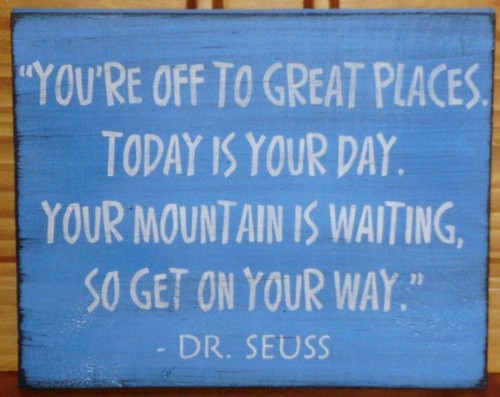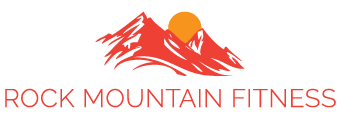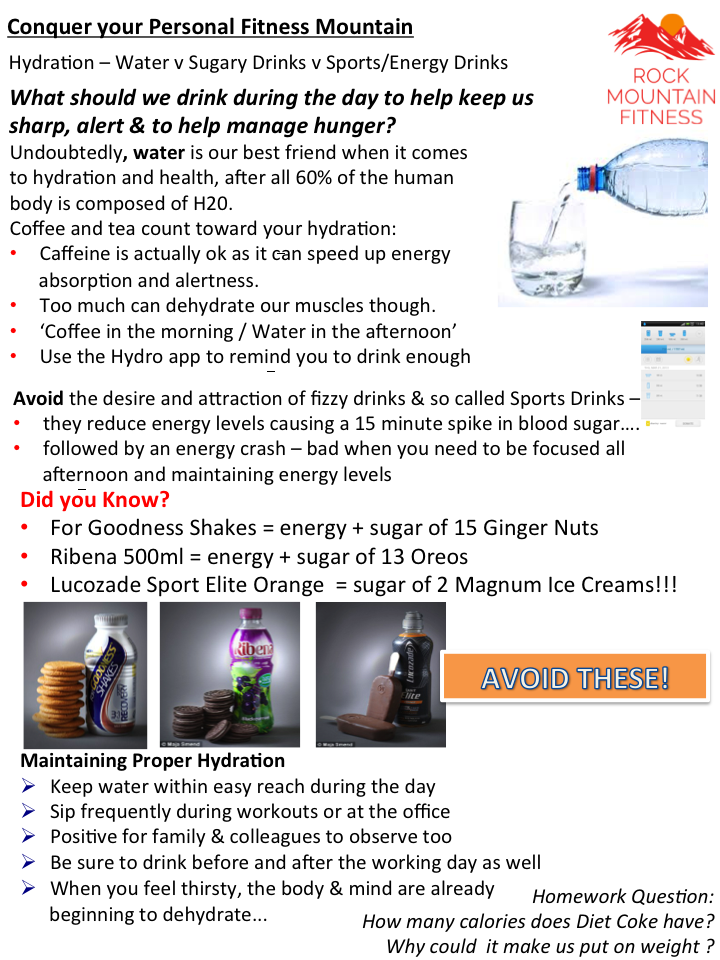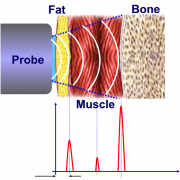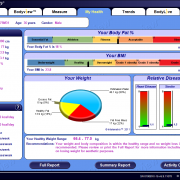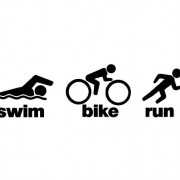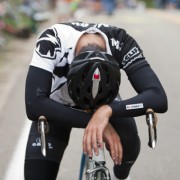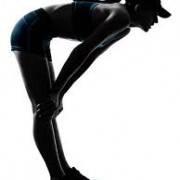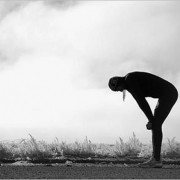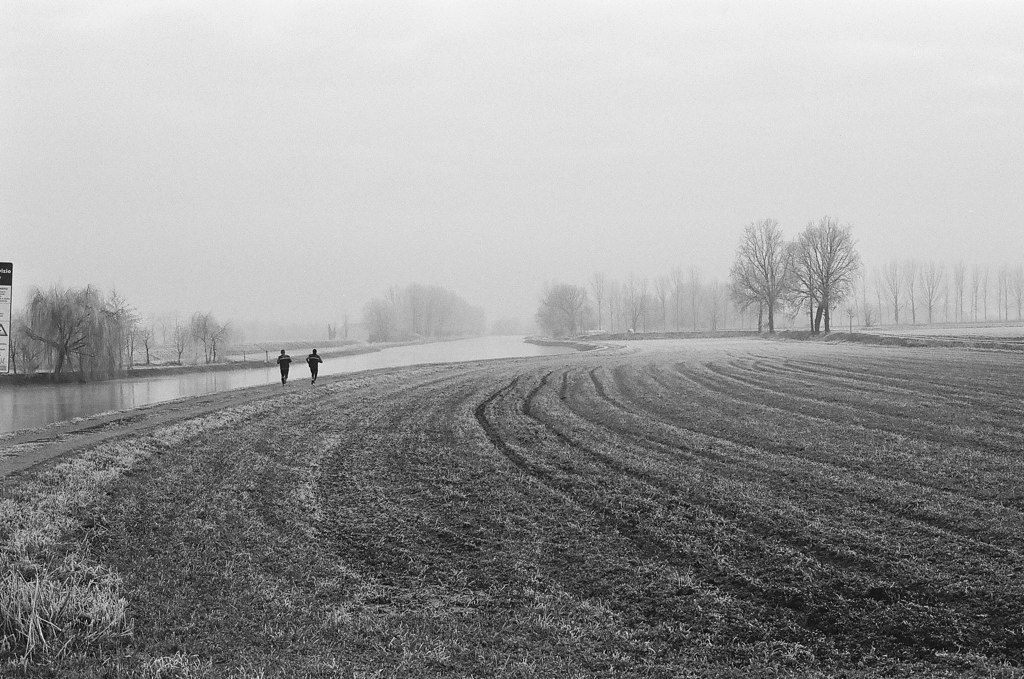Paleo: Best and Worst Meats to Eat
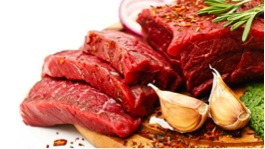
Surprising facts about which animal foods enhance health and which you should consider reducing. (always consume lots of plants alongside meat)
Throughout the process of evolution, humans not only relied on animal organs and muscle meats for survival, these foods also fueled the development of our amazing brains to give us capabilities beyond those of other creatures. Putting the debate of animal foods versus vegetarian/vegan to one side for this article – its both emotive and also important. Certainly from a food perspective too much meat can be inflammatory for the body so incorporating a large amount of plants in your diet is always positive.
Animal foods provide a complete protein with all amino acids, along with many other vital nutrients, making building a better brain and body easier at any age. (..but don’t forget the plants on your plate as well)
Most meats are to be avoided because they are highly processed, or come from animals fed unhealthy food and chemicals, and treated inhumanely. Indeed in Italy people generally eat meat only 1x/week versus the average 5x/week in the US – no need to point out the much lower incidence of heart disease, cancer & stroke in Italy versus the US.
Emotions aside, healthy sources of meat fortunately are easier to obtain these days, thanks to various quality standards. However, the best source remains finding a local family farm or a good farmers market, where you can ask about how the animals are raised. In particular, look for those raised without chemicals, grass-fed without animal feed (generally laden with growth hormone), and humanely treated from start to finish.
Terms like organic, kosher, and other standards may be important too, but many small family farms can’t afford the high costs of organic or other certifications, even though their standards may be higher than those required by governmental agencies.
And let me be clear that I’m not talking about overeating meat, but rather making it part of your overall healthy eating, which includes vegetables, nuts, seeds, fruits and other natural foods (and, of course great coffee!)
You also may notice that turkey, lamb, and farm-raised “wild” animals like ostrich and venison didn’t make my list. That’s because they fall somewhere in between. I do like lamb on occasion, especially rare, Français-style, but rarely eat turkey.
Worst Meats
- Processed and fast foods. Topping the list of meats to avoid are those that are highly processed. This includes most lunch meats, prepared and fast foods, and ground meats, and makes up the majority of meat sources in the marketplace. This is also the reason many studies show negative effects of meat-eating — most of the meat eaten by study subjects is highly processed. Lunch/deli meats and other prepared foods, like fast-food or pre-packaged burgers and sausages are usually full of added chemicals and sugar (e.g. dextrose, maltodextrin etc.) (and flour) as fillers. One just has to read the ingredients in a typical deli ham, salami, or prepared meat products. This includes organ meats, normally the most nutritious.
- Chicken. Ah, the old so-called healthy meat (as if “white” somehow means “good”). Standards for raising and slaughtering chickens are much lower than any other meats. More importantly, chicken contains the highest levels of arachidonic acid (https://www.ncbi.nlm.nih.gov/pubmed/1907059) of all meats — this fat easily converts to inflammatory chemicals (the eicosanoids).
- Fish – take care to choose wisely and cook rare. One of the common recommendations is to eat at least two weekly servings of fish. The value of fish as a protein source is well-known, as is the benefit of the fats contained in oily cold-water fish. Humans ate fish for millions of years. However, the oceans and many waterways are very polluted, and this means so are the fish. In addition, most people overcook fish like salmon, destroying heat-sensitive oils that contain health-enhancing EPA and DHA (better to eat these fatty fish raw or cooked rare). As a general rule, smaller fish contain fewer toxins. Other seafood sources also come with various sets of cautions — for example pregnant women and small children should not eat swordfish due to mercury concerns. Be informed.
Best Meats
- Fish (again) – Smaller fish contain fewer toxins as well as the key Omega-3 oils that help the body burn fat as a fuel. Look for sardines, whitebait and indeed haddock, pilchards, anchovies. Trout can also be highly nutritious & low in toxins. Experiment – try them in omelettes, salads – try a Salad Niçoise with warm sardines instead of tuna.
- Beef. It’s not just for dinner, but breakfast, lunch and snacks. Along with the traditional cuts, it can be a great source of organ meats for those who enjoy them. Buying the best beef products means grass-fed-only, organic. Most beef can be prepared rare or medium rare, preserving important nutrients such as glutamine (a key amino acid used by the gut for energy). Raw beef in the form of thinly sliced beef fillet, as carpaccio, is also a nice option. Don’t forget the offal – highly nutritious liver & kidneys, like Grandma used to cook – and probably the cheapest of cuts these days.
- Duck. This highly aerobic animal is all dark delicious meat, not to mention the delicious crispy skin and its high nutrient content. It’s an unsung hero of meat. When not overcooked it’s tender and juicy. Duck fat is particularly great for cooking and adding to recipes, and duck soup and bone broth are also great health foods.
- Fresh ground meat. Today’s requirements for ground meats have significantly reduced the dangers of high bacteria counts. Most stores will tell you when a particular ground meat was ground, or if in doubt, you can ask for a particular piece of meat to be freshly ground. The digestibility of ground meat is higher providing more nutrients.
- Pork (look away all my Jewish and Muslim friends). Once a poor choice of meat, pork has come a long way in improving its status. It can be a better white-meat choice than chicken, depending on source. With recent recommendations that it need not be cooked to death (and can even be slightly pink inside). Pork fat – lard — is one of the best cooking fats, and dried bacon (without the chemicals and sugar) makes a great travel food
In conclusion – eat some good quality meats but more importantly eat lots of plant based foods too. Utilise the local butchers more than the supermarket to improve the quality.
Keep Powering – Conrad Rafique
